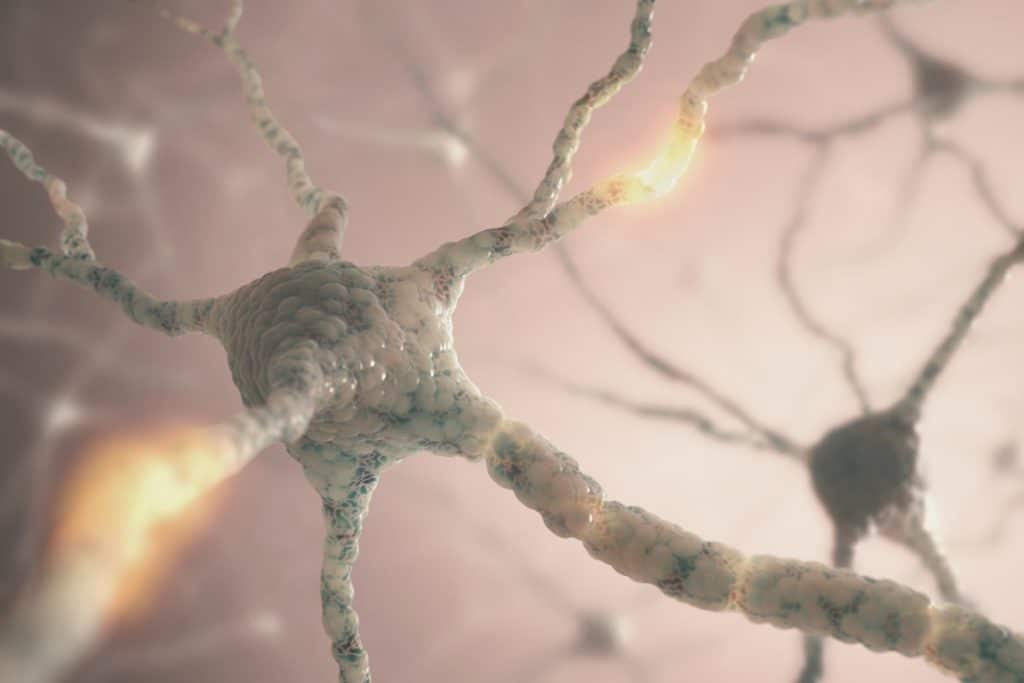People are by nature pleasure seekers. Whether it’s simply watching a beautiful sunset or doing something as crazy as flying in a wingsuit, humans love doing things which make them feel good.
Unfortunately, this pleasure-seeking nature often drives us towards drug abuse.
Everyone in the world finds some source of joy, whether positive or negative, to help enrich life. However, when pleasure-seeking develops into a habit such as fentanyl addiction, it can be a struggle to find other paths to feeling good.

Elements of Pleasure With Fentanyl Addiction
Fentanyl is a potent and highly addictive synthetic opioid substance 50 to 100 times more powerful than heroin. Due to stronger potency, addiction tolerance and overdose are higher risks. When individuals question themselves, and the relationships between life and limitations, addiction and voluntary use of substances help link the two together while feeding the appetite of pleasurable objections.
Pleasure plays a significant role as a substance use addiction agent but may not be the entire compromising factor behind the nature of addiction. While many individuals find pleasurable experiences with consuming substances, the motivating factors behind substance use can be based around responsive and rational considerations regarding ordinary life circumstances. Individuals who value substance use are more apt to seek a rewarding property that will feed the appetite for pleasure but not be all-consuming.
When you mix pleasure and addiction, the incentives are driven towards the brain as a central motivating role in life. However, the elements of enjoyment with fentanyl use help individuals distinguish differential responses between what they want and what they seek. Therefore, finding critical interests that can help determine the differential responses can lead to new paths of implementing pleasure without fentanyl addiction.
The Connection of Pleasure and Addiction
People don’t just use drugs because they make them feel better – substance abuse can also be a way for an individual to find connection and acceptance. This is due to pleasure-related neurochemicals in the brain releasing natural amounts of dopamine to allow humans to feel rewarded for engaging in certain tasks. However, when substance use is added into the mix of the natural neurochemicals, the tolerance and dependency levels start to rise, and the natural release of dopamine becomes almost obsolete. Therefore, it can lead an individual to require the substances to continue feeling a dopamine rush as it’s no longer produced naturally.
An experiment done by a psychologist named Bruce Alexander conducted a study of addiction and heroin-infused water with rats. He allowed the rats to choose from one bottle of regular water versus the water with the infused substances. Over time, the rats got hooked on the infused water and overdosed. This concluded that the levels of pleasure themselves were addictive and later showed the addiction acquired a connection to formulate a detox treatment with safe and supporting elements for treatment to become successful. Humans are very similar.
Living in a challenging world requires new innovative practices to feed the pleasurable senses within the mind. Because of this, many seek out substances to find the means of pleasure and happiness. Often many addictions are fueled by anxiety, depression and are the stem of pain but don’t provide relief. Ironically enough, they often serve as the trigger rather than the pleasure senses.
Learning How to Find Different Paths Pleasure Without Fentanyl Addictions
In the last 50 to 75 years, the research behind neuroscience expresses pleasure and pain work within the balance. Finding means to feed the pleasure senses while coping with pain requires a balance in governing. Individuals who struggle with a fentanyl addiction need more than sobriety and connection but often unprecedented success strategies.
Finding different pleasures with connection, improving communication skills, repairing relationships, all while supporting professional treatment and evidence-based practices, can help individuals suffering from a fentanyl addiction find success in long-term recovery. The various paths can stem from holistic treatment options, evidence-based practices, and natural effects of treatment that can best balance both sides and deliver mindfulness and pleasure without the addiction.
More often than not, treatment centers can address complex cases and deliver compassionate, comprehensive care to help aid individuals with co-occurring disorders and addiction find different paths of pleasure. The effectiveness behind evidence-based treatments while incorporating counseling with mindfulness techniques resulted in individuals experiencing higher levels of success with recovery.

Find Different Paths To Pleasure With Treatment Options
If you struggle with a fentanyl addiction, learning about different paths of pleasure through treatment options will lead you to find healthy ways to enjoy life. Individuals looking to find health and healing for fentanyl addictions can have peace of mind when they partake in therapeutic practices that increase the knowledge and experience of healthy and natural pleasure instincts.
Sober living can help someone struggling with a fentanyl addiction, too. A person living in a sober home is free from potential addiction triggers and can focus o creating a new, healthy life with people sharing the same goal. Also, given fentanyl’s dangerous potency, sober living can potentially save lives.
SoberLivingNearYou.com offers the internet’s widest selection of sober homes. With thousands of listings at your fingertips, you’ll be able to find a sober home which fits your needs and budget easily.
Don’t wait – start your search today with SoberLivingNearYou.com!



